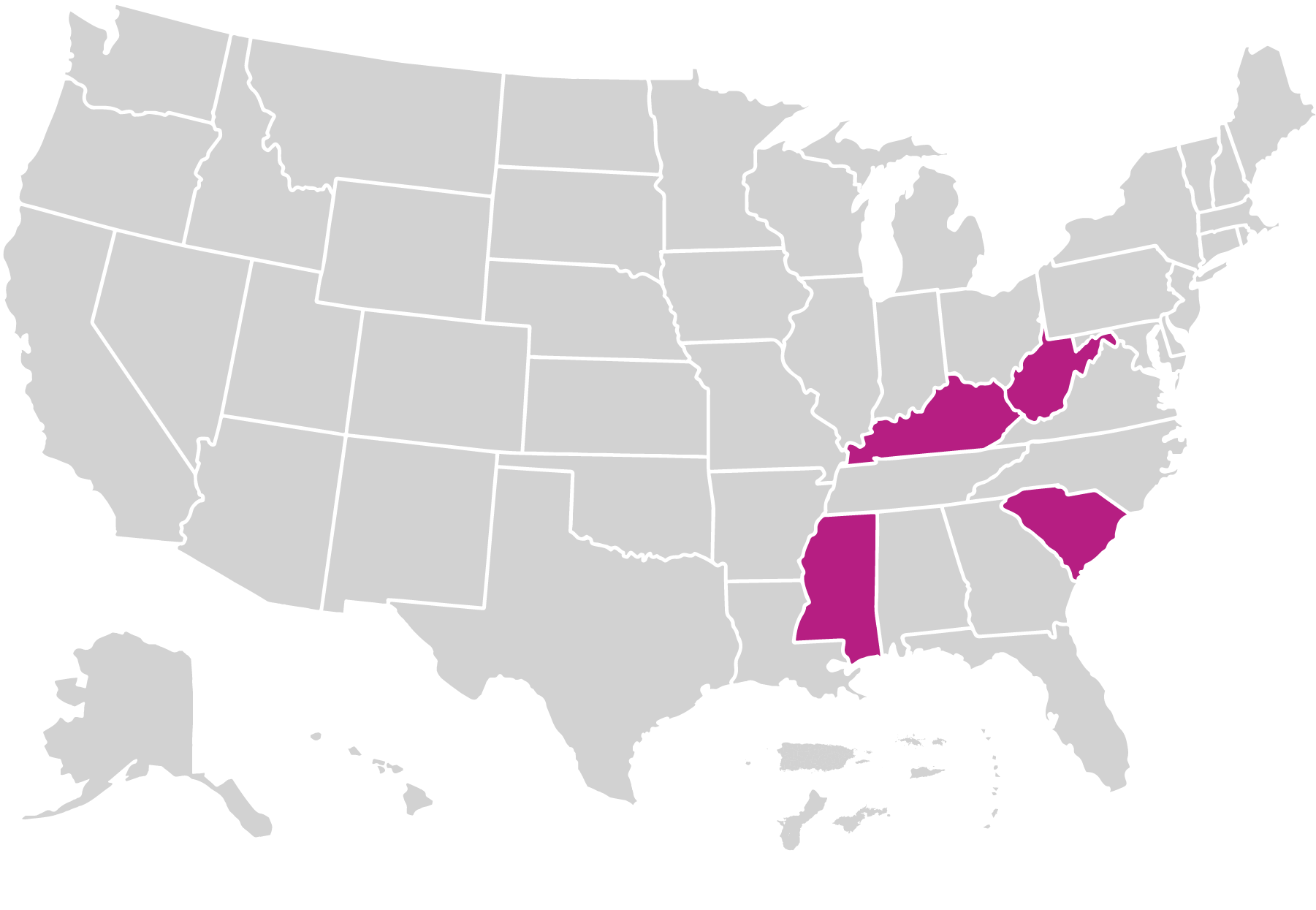Maternal Infant Health Outreach Worker Program
Maternal Infant Health Outreach Worker Program (MIHOW) aims to enhance maternal and child health outcomes through a strength-based home visiting approach. MIHOW trains community health workers to help pregnant individuals achieve physical, mental, and emotional well-being in preparation for their baby’s arrival. After the baby is born, MIHOW focuses on fostering positive parent-child interactions and creating a safe, stable, and nurturing environment for the family.
What is the model’s approach to providing home visiting services?
Home visits occur monthly, starting prenatally and continuing until the child turns 3 years old. Though families may enroll at any point, MIHOW accreditation standards mandate that at least 80 percent of families begin services during pregnancy.
MIHOW’s service population includes the following:
- Expectant caregivers
- First-time caregivers
- Caregivers under 21 years old
- Caregivers who are unmarried or single
- Caregivers with limited access to education
- Families with low incomes
- Caregivers experiencing physical/social isolation or limited support system
- Families experiencing language barriers
Who is implementing the model?
Home Visitors
MIHOW was implemented by 25 home visitors in 2023. The model requires that home visitors share the same background, culture, and life experiences as the families they serve. MIHOW recommends a high school diploma or GED for home visitors. The maximum caseload requirement for home visitors is 40 families.
Supervisors
MIHOW was implemented by 6 supervisors in 2023. The model recommends a bachelor’s degree for supervisors.
Where is the model implemented?
MIHOW operated in 11 local agencies across 4 states in 2023.

Families Served Through Evidence-Based Home Visiting in 2023
Race
0% American Indian Alaska Native
* Asian
38% Black
0% Native Hawaiian Pacific Islander
55% White
7% Multiple
Ethnicity
5% Hispanic or Latino
95% Not Hispanic or Latino
Primary language
97% English
3% Spanish
0% Another language
Caregiver age
24% ≤21 years
46% 22-29 years
28% 30-44 years
2% ≥45 years
Caregiver education
21% No HS diploma
58% HS diploma or GED
14% Some college or training
8% Bachelor's degree or higher
Household income
84% Low-income status
16% Not low-income status
Child insurance status
86% Public
13% Private
<1% None
Child age
47% <1 year
53% 1-2 years
